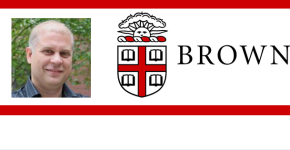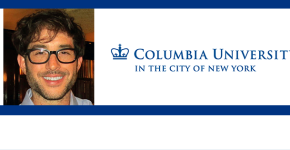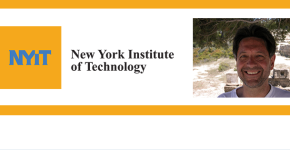The Academic Minute for 2016.2.29-3.4


Academic Minute from 2.29 – 3.4 Monday, February 29 Justin Mankin – Columbia University Declining Snowpacks Mankin is a climate scientist jointly appointed at Lamont-Doherty Earth Observatory and NASA Goddard Institute for Space Studies under the Earth Institute. His research aims…

Cats are the stars of the internet. Jessica Gall Myrick, assistant professor of media at Indiana University, explores why cat videos are so popular. I am an assistant professor at the Indiana University Media School. I received my Ph.D. in…

As always, host Bob Barrett selects an Academic Minute to air during The Best of Our Knowledge. Each week this program examines some of the issues unique to college campuses, looks at the latest research, and invites commentary from experts…

Should infants be learning language from electronic toys? Anna Sosa, professor of communication sciences and disorders at Northern Arizona University, examines how the quality of interaction between children and electronic toys compares with the quality of their interactions with books…

You may know your morning routine like the back of your hand, but some people struggle with ordinary tasks. David Badre, associate professor in the department of cognitive, linguistic and psychological sciences at Brown University, determines that examining how the…

Ski resorts aren’t the only ones that depend on a good base of snow in the winter. Justin Mankin, a postdoctoral fellow at Columbia University, describes how a changing climate may change the way cultures get their water in the…

This Week on The Academic Minute 2016.2.29 Monday, February 29 Justin Mankin of Columbia University explores how a declining snowpack can affect a region or culture. Tuesday, March 1 David Badre of Brown University discusses executive functions and why some…

Academic Minute from 2.22 – 2.26 Monday, February 22 Sandra Gonzalez-Bailon – University of Pennsylvania Slacktivism Sandra González-Bailón is an Assistant Professor at the Annenberg School for Communication, affiliated faculty at the Warren Center for Network and Data Sciences, and…

How did giraffes get such long necks? Nikos Solounias, professor of anatomy at the New York Institute of Technology, explains the evolution of this iconic feature. Nikos Solounias is a professor of anatomy at NYIT College of Osteopathic Medicine. An…